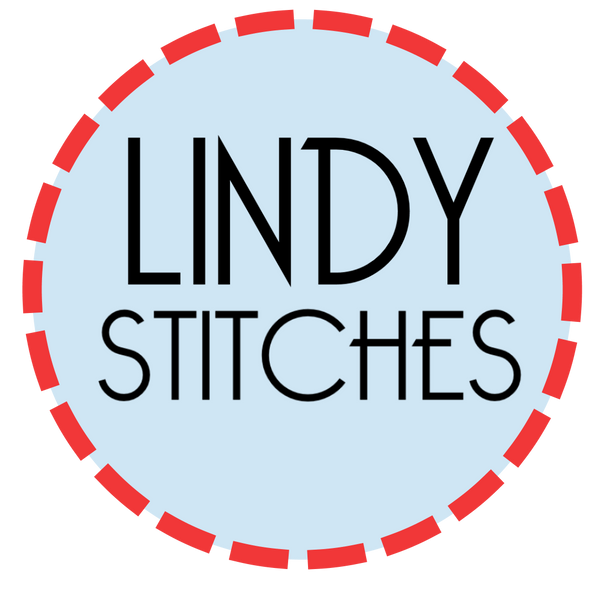Choosing the right needle can feel daunting, whether you are new to cross stitching or are a seasoned veteran of the hobby. Read on for some helpful hints and tips to make choosing the right size needle for all of your cross stitch projects quicker and easier.
First things first, you want to make sure you are using a tapestry needle. Tapestry needles have a rounded blunt tip, compared to embroidery needles (also called sharps or crewel needles) that have a sharp and pointy tip. The rounded tip of a tapestry needle allows your needle to slide in between the threads of your fabric, rather than splitting the threads and giving you uneven stitches. The exception to this is if you are stitching on a very high-count linen or evenweave and need a sharp needle to get in between the threads. Some stitchers may find that a sharp needle is easier for them to use when stitching fractional stitches, but for most stitchers a tapestry needle works just fine for fractional stitches as well as full cross stitches. Tapestry needles also have elongated eyes that make it easier to stitch with multiple strands of floss and thicker types of floss.

You can see the differences in the points and the eyes of the needles in the picture below. The tapestry needles on the left show the elongated eye and blunt tip that are characteristic of tapestry needles, while the embroidery needle on the right has a very sharp tip and a much smaller eye.
When we talk about the size of a needle, we are talking about the diameter (or thickness) of the needle, not the length of it. Just like how as the count of the fabric gets higher, the holes get smaller, as the size of the needle goes up, the needle itself becomes smaller in diameter. A higher count fabric uses a higher sized needle. A general rule of thumb is to use a needle that is similar in thickness to the floss you are using.
A needle that is too large will often stretch out the fabric and leave the holes in the fabric more visible. It can also be more difficult to push and pull the needle through the fabric if the needle is too large, potentially leading to more hand fatigue and therefore less stitching time (oh no!). In the picture below, you can see the holes in fabric that can happen when a needle that is too large is used.

A needle that is too small will cause there to be more friction to the thread as you are pulling your needle through, and results in your floss fraying more, like in the picture below. This fraying causes your floss to be more prone to knotting and breaking, and nobody wants to spend their stitching time dealing with these issues!

|
18 Count Aida |
36 Count Linen |
Size 28 Needle |
|
16 Count Aida |
32 Count Linen |
Size 26 Needle |
|
14 Count Aida |
28 Count Linen |
Size 24 Needle |
Keep in mind that like most things in cross-stitch, this is not a fixed rule, it is just a guide. If you find that your floss is fraying and experiencing more wear and tear, try going up a needle size. If your needle is leaving noticeable holes in your fabric, try going down a size. And if what you are doing works for you and you like it, just keep on doing it!

